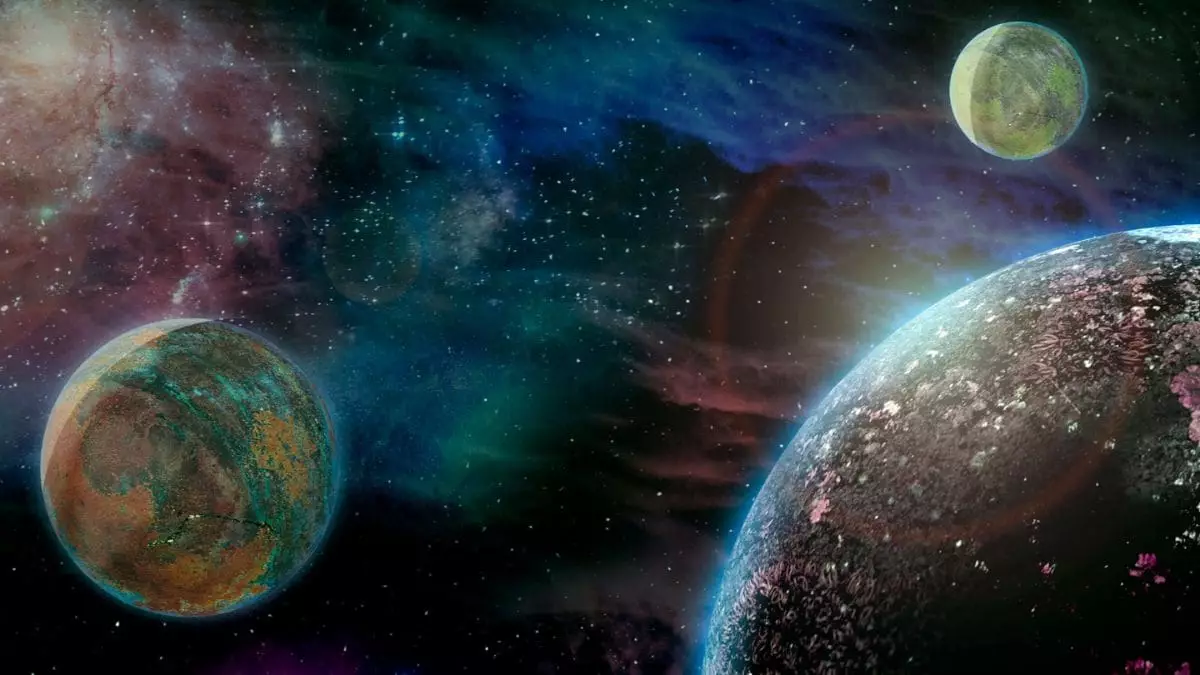In an awe-inspiring leap forward, astronomers have unveiled a crucial piece of the cosmic puzzle by discovering the universe’s elusive ordinary matter. This matter, which originated in the primordial moments following the Big Bang and constitutes the fabric of our existence—everything from Earth to the distant stars—has been a long-standing enigma. The recent findings surrounding fast radio bursts (FRBs), those brilliant and fleeting signals that erupt from the depths of space, have finally illuminated this darkness, shedding light on what has been missing for decades.
The Breakthrough Study and Methodology
A significant mission update published in the prestigious Nature Astronomy highlighted the collaborative efforts of researchers from Caltech and the Harvard-Smithsonian Centre for Astrophysics. By scrutinizing an astounding 69 FRBs, some journeying an impressive 9.1 billion light-years, the study meticulously mapped part of the baryonic matter perilously scattered across the cosmic void between galaxies. Utilizing cutting-edge tools like Caltech’s Deep Synoptic Array and Australia’s ASKAP, scientists navigated the intricate web of space where typical sensors would fail. What’s truly noteworthy is how these FRBs serve as “cosmic headlights,” affirming the existence of baryonic matter that, despite being composed of particles, reveals itself only indirectly through the infrequent cosmic interactions we can observe.
Measuring the Universe’s Structure
The revelation that this baryonic matter occupies a staggering 76 percent of intergalactic space, 15 percent within galactic halos, and a relatively paltry 9 percent inside galaxies is nothing short of monumental. What sets this discovery apart is its indication of a uniform distribution, contrasting sharply with the elusive and chaotic presence of dark matter. Researchers have succeeded in producing the first observational evidence for this distribution, suggesting that FRBs could evolve into “smart tools” for probing the large-scale structure and historical development of the cosmos. This shift in our understanding is not just academic—it may fundamentally reshape our perspective on the nature of the universe.
The Future of Radio Astronomy and Cosmic Exploration
Caltech’s DSA-2000 radio array, capable of detecting more than 10,000 FRBs each year, stands at the forefront of this unraveling mystery. Such advancements in radio astronomy could empower scientists to not only trace the formation and development of galaxies but also refine the measurements of cosmic structures with unprecedented accuracy. Each newly observed FRB becomes a beacon, illuminating hitherto unexplored territories of the universe. This integration of technology and astute scientific inquiry is a potent reminder of the incredible potential that lies within our search for knowledge.
A New Lens to Interpret the Cosmos
The discoveries stemming from this research serve as a clarion call for continued investment and innovation in astronomical technologies. By shifting the paradigm through which we observe the universe, we not only gain insights into the ordinary matter that shapes it but also cultivate a deeper understanding of our own existence. As we align ourselves with this revealing quest, it becomes clear: every signal, every burst, is not merely a flicker in the void but a profound opportunity to reconceptualize our place in the universe.


Leave a Reply